The Iberian ham, called pata negra, one of its top-of-the-range varieties is a cured Spanish cured ham that plays a major role in the country’s gastronomy. The term « pata negra » comes from the color of the hoof of Iberian pigs, black.
In the 13th arrondissement of Paris, Andrei Orza, has opened a shop that offers products of Spanish origin: different types of Spanish ham, cheeses, as well as products for making paella.
What are the secrets and why is Spanish ham loved around the world?
Three important points must be taken into account to obtain quality ham:
- feeding conditions;
- climate and geographic area;
- and how the animal is raised.
Andrei Orza explains to us that there are five areas where animals are raised in the open air but also certain rules to be respected in order to have quality ham, this is the principle that must be taken into account. The climate, the breeding area of the animal and its food must be taken into account to produce a quality ham.
Guijuelo is one of the main ham producing regions thanks to its hot summer climate and mild winters and its vast expanses of pastures where pigs graze. In addition, its food gives it the characteristic flavor of Iberian Ham, intense with fruity touches. Its flesh becomes dark red and its fat, between white, pink and transparent, has a creamy texture and an intense aroma.
The main production areas for hams and shoulders are mainly located in the south and southwest of Spain. The zones must fulfill very specific requirements such as the type of pasture where the pigs are raised, the climate, etc. The climatological, geographical and orographic characteristics of the production areas are very important for the production and drying of hams, since these factors are decisive for obtaining its characteristic quality.
The area of Guijuelo, in Salamanca, is the area where the best Iberian hams in Spain are produced. In this region there is the Denomination of Origin Guijuelo, one of the best known in Spain, characterized by its soft, fruity and sweet taste. Guijuelo, is the first Denomination of Origin of Iberian ham in Spain. Stimulated by the overproduction of Iberian ham pieces in the 1980s, it aims to protect the pieces produced in this region. It is a product of the highest quality and considered worldwide as one of the greatest treasures of gastronomy.
The climate of Salamanca, continental Mediterranean, is characterized by very cold winters and very hot and dry summers; which is perfect for the breeding and refining of Iberian ham. Precipitation is not abundant and the average temperature is between 25º and 35º. The geography is characterized by a mountain landscape, surrounded by the central system, the mountains of Toledo and Sierra Morena, which contrast with some plains, valleys and greenhouses. The average altitude is 1000 meters above the sea.
As for the grazing areas, they are located in the provinces of Salamanca, Toledo and Zamora, close to the sierras of Gredos and Béjar. Cork and green oaks inhabit the Mediterranean forests, and encourage the preservation of the Guijuelo ecosystem.
The process of making Spanish ham is slow and laborious, it can last from 14 months to 3 years. The process consists of 5 steps:
- Receipt of raw materials, There are extreme quality controls to ensure that raw materials arrive in good sanitary conditions, rejecting any non-conforming product.
- Salting and washing is one of the oldest forms of meat preservation. Today it is still used to obtain the best ham. The hams are buried between two layers of salt.
- Stabilization, the hams are left in a cold room for about 90 days. The temperature and humidity conditions are ideal so that the salt is distributed evenly over the ham, to promote dehydration and preservation.
- Drying and maturing
The hams at this stage are in natural cellars where they are dried in the traditional way.
The drying and maturing of the ham takes months to obtain a suitable texture, ripening, taste and smell that allows it to retain the aroma and fat between the muscle fibers.
- Refining
The hams hang in natural cellars for a period of time which varies depending on the type of ham you want to obtain. During this period, the parties will lose between 30% and 40% of their initial weight.
Ham from Huelva
Jabugo is a province of Huelva in Andalusia, Spain, this province is known to have a very long history as producers of Iberian ham.
Its exterior shape is long and stylized with a length predominating over the width, the shaft is narrow and the hoof is black. The adipose tissue is shiny and on the outside of the ham you can see the V-shaped cost of the hams, which is crescent from the shoulders. Finally, the inner side is white or gray-blue due to the mycotic flora, which was formed during the ripening process.
The appearance of the meat is shiny, with streaks of fatty and fatty tissue infiltrating the muscle mass. It happens because the Iberian pigs are fattened in freedom at the breeding phase.
This area has an average altitude of 572m above sea level and the annual rainfall is 1048 l / m2. Thanks to its meteorology, the drying and curing processes are natural, ideal for curing hams.
The Denomination of Origin Jamón de Huelva can only be used if the Ham comes from pigs that graze in « La Dehesa de Huelva » and eat acorns and herbs during the Montanera, and this « Dehesa » must belong to the one of the 31 municipalities including Jabugo belonging to the provinces of Huelva, Cáceres, Seville, Cordoba, Badajoz, Malaga and Cadiz.
In addition, all hams with Denomination of Origin Jamón de Huelva must follow a traditional curing process which can take up to 30 months for the hams, but large pieces may take longer.
Teruel ham is low in cholesterol
When we talk about « Teruel ham », we are talking about a type of ham regulated by the PDO Council.
The Teruel ham is the first white ham in Spain recognized by the PDO in 1983. It guarantees that the hams under the name of Ham de Teruel, obtained from animals of selected species born, raised, slaughtered in the province of Teruel.
The production area recognized by the Regulatory Council of the PDO is made up of municipalities of the province of Teruel, with an average altitude above 800 m, which has a continental climate with a Mediterranean influence. Teruel is an ideal place for a natural process in the preparation of ham, with a cold and dry climate, thanks to long cold winters that produce strong ice cream.
Adapted for the production of Teruel ham, it comes from crosses of Landrace or Large White sows and Landrace Duroc boars. The use of these breeds produces a ham with low cholesterol levels.
How to cut a ham?
Popular wisdom in cold cuts is that all good ham is cut with a knife so that the slices can retain all their optimal qualities when tasted.
In addition to the undeniable appeal of the art of the slicer peeling, cutting and presenting the ham in a traditional way, on the surface of the ham.
In any case, cutting with a knife is indisputably part of the pleasure of tasting quality ham, a simple process if you have the right equipment; however, it is recommended that the following precautionary measures be followed:
- Use a suitable support to hold the ham firmly.
- During cutting, the hand opposite the knife hand should be higher than the hand holding the knife.
- Keep the body in a position away from the cutting area.
- Cut slowly, without trying to exert too much force.
In order to cut the ham in good conditions, it is essential to have the following instruments at hand:
- Sharpening gun: allows you to sharpen the knife quickly, easily and safely.
- Ham knife: special knife for slicing ham. Very sharp, equipped with a long blade, narrow and flexible, allowing to make fine and precise cuts adjusting the movement according to the profile of the cutting area.
- Ham support: firm support on which the ham is placed in a suitable position for cutting.
- for a neat presentation allowing to handle the slices and shavings of ham and to arrange them on a dish.
The ham holder should be placed in a position and at a height that allows the cut to be made without being hampered or having to force movement or position.
If you have to consume all the ham quickly in 1 or 2 days, you will start by cutting the upper nut, the most fleshy part, called « mass ». For this, we will place the ham, the hoof facing up.
If you have to eat the ham in several batches, it is preferable to start cutting the area of the sub-nut called « counter-mass », in order to prevent that at the end of the cut, this part does not dry out too much. In this case, place the ham so that the hoof is facing down.
Before starting to cut the ham, you must peel the chosen part, that is to say start to remove the rind and the external fat that covers this area until the flesh appears.
The rind of the ham also contains molds and natural exudates resulting from the drying and maturing process, which should be removed around the edge of the part to be cut.
If the ham must be consumed during the day, it can be peeled entirely: if this is not the case, the rind should be removed and degreased as it is cut.
Cut the ham into thin slices (almost transparent), across the width of the room, not too long 6 or 7 cm as you cut, we must remove the rind and the fat covering on the edges and cuts will always be parallel to each other and are made from the hoof to the tip, always leaving a flat surface without streaks.
Cut the top nut, the juiciest part and the most veined in fat, it is advisable to combine the slices from this area with others from the tip and the shank. We will arrive at the hip bone, we will incise all around so that the following slices can come off.
Ham bone is an excellent ingredient for flavoring broths, stews and stews.
This is the best way to store ham
However, once cut, the rest of the piece should be preserved in the best possible way, especially the part where the ham was cut. A good trick is to take the first slices of fat to place them on the cut part, the fat of the ham performs this function unbeatably and without changing its taste.
It is better to cover the ham with a cloth and cotton bag, and hang it with the hoof up, but if it is likely to spend a lot of time in it, it is better to hang it so that the fat flows with gravity. This is the reason why we often find some kind of umbrella stuck under the ham which serves to catch the falling fat.
Under no circumstances should plastic material be used to wrap it, as the ham needs to breathe. Also, if you take a long time to cut it again, you will probably have to throw away the first layers, which tend to harden and taste rancid.
ROYAL SPAIN – Grocery Fine
39 Port-Royal Boulevard
75013 Paris
Open Tuesday through Saturday from 10 a.m. to 10 p.m.
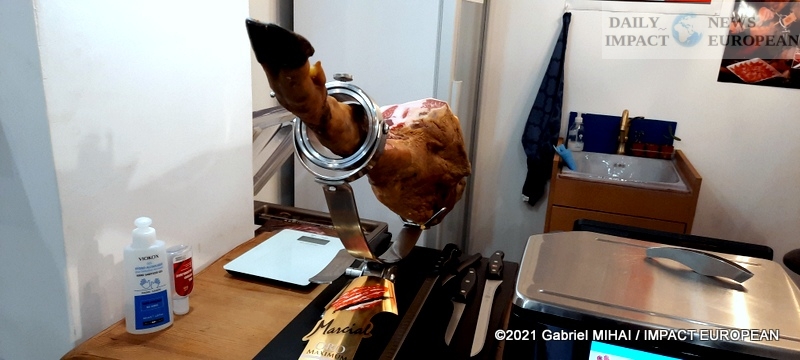







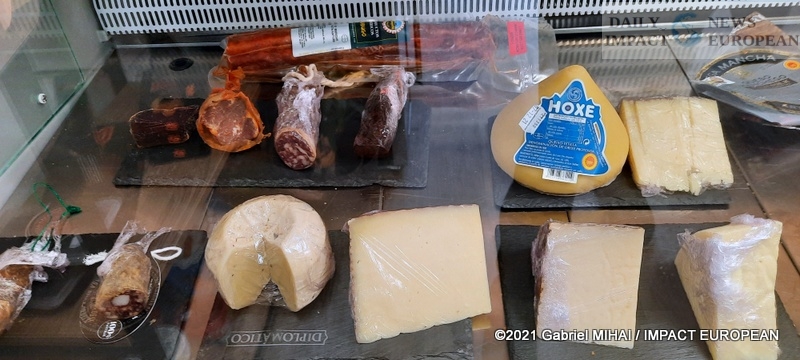





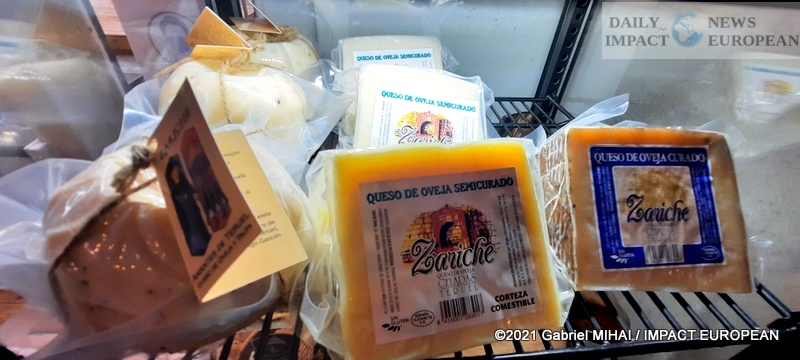




































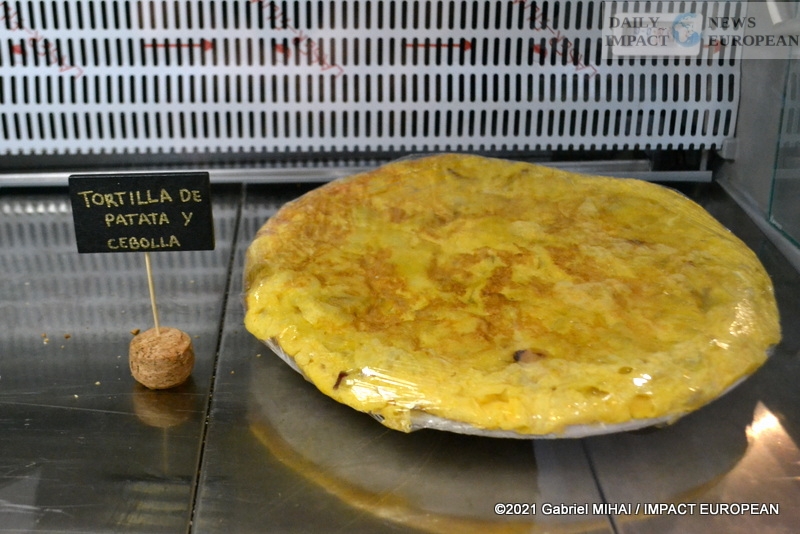


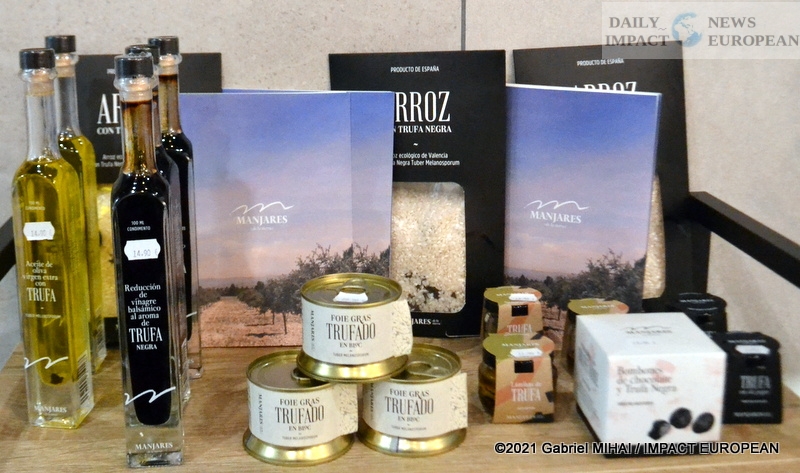
More Stories
Pope Francis died on Easter Monday
PRO D2: SU Agen falls 59-10 to Colomiers
The 9th Merville Arts Festival and the winners